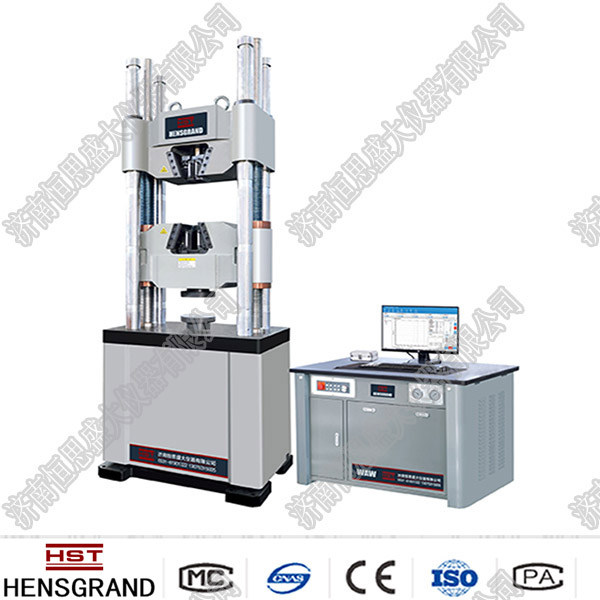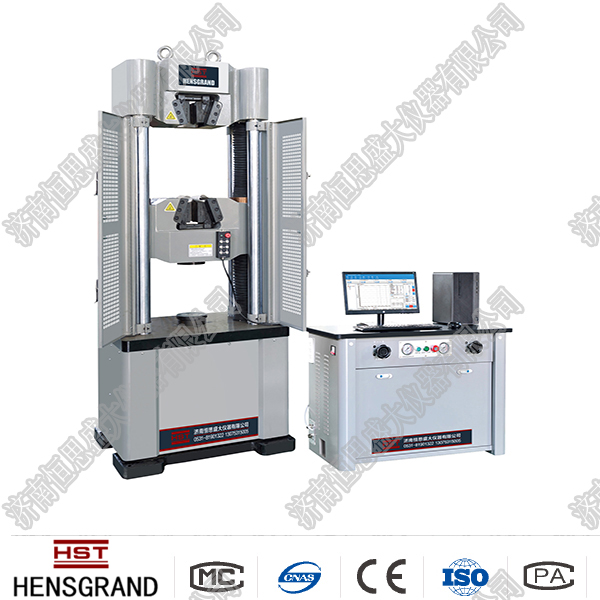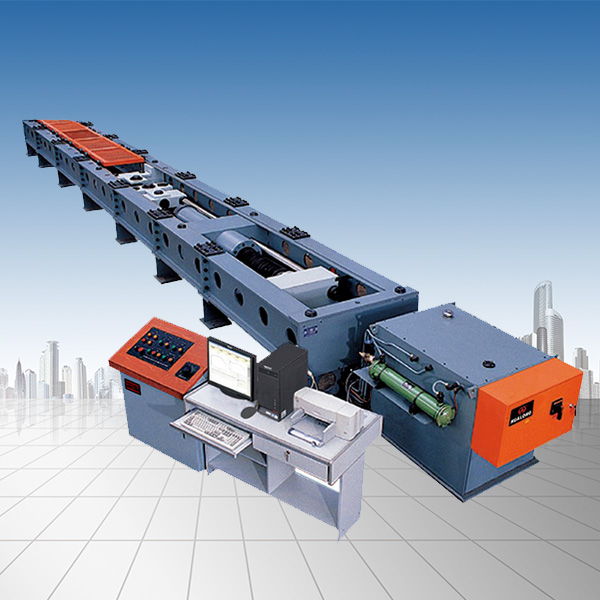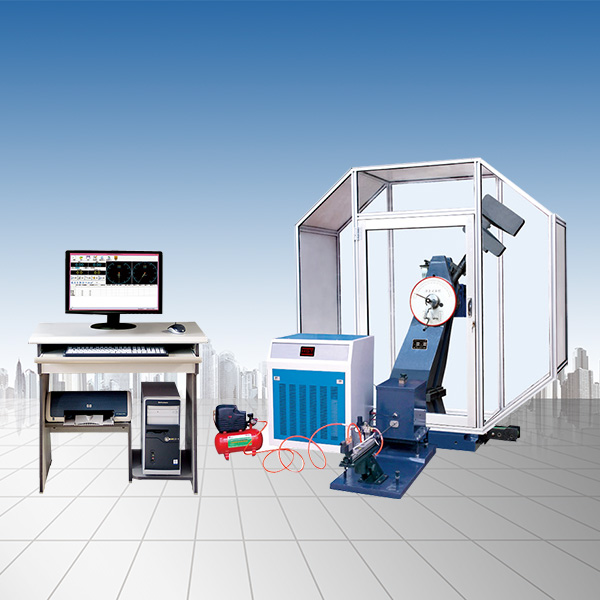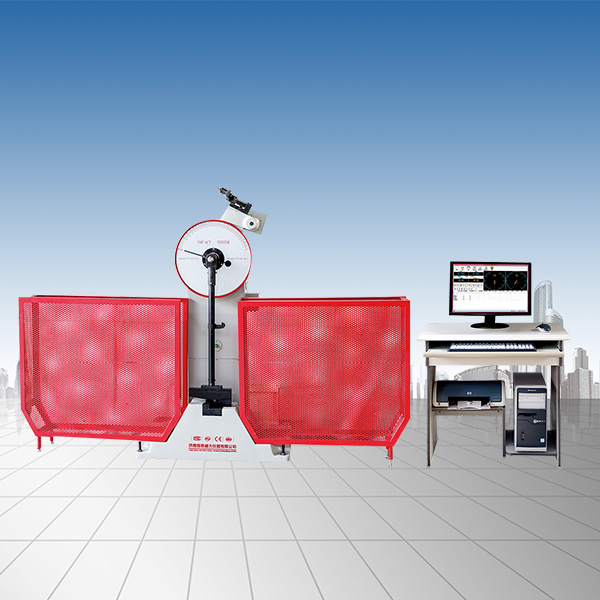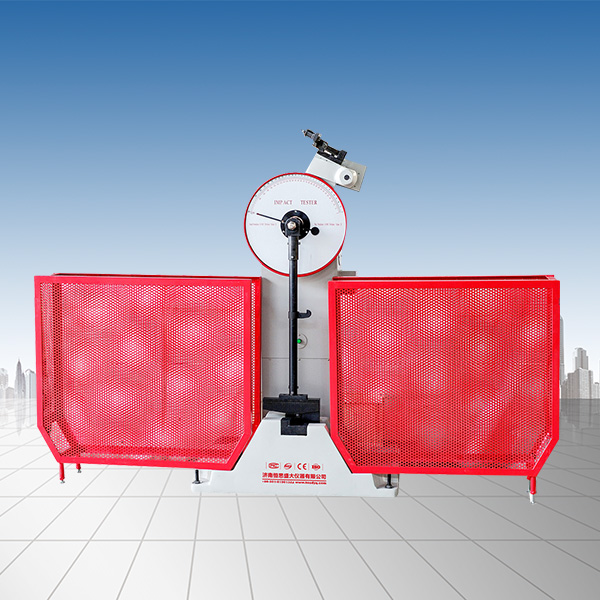News
Causes and solutions for common faults of Brinell hardness meter
Release time:2019-04-18 source:Jinan Hengsi Shanda Instrument Co., Ltd. Browse:
The Brinell hardness meter is mainly used to determine the hardness of cast iron, steel, non-ferrous metals and soft alloys. The Brinell hardness test is the most indentation test method in all hardness tests. It can reflect the comprehensive performance of the material and is not affected by microsegregation of the sample structure and uneven composition. Therefore, it is a hardness test method with higher accuracy. It is widely used in industrial fields, laboratories, colleges and universities and scientific research institutions such as metallurgy, forging, unquenched steel and non-ferrous metals. Below I will share with you the causes and solutions of common faults of Brinell hardness meter.
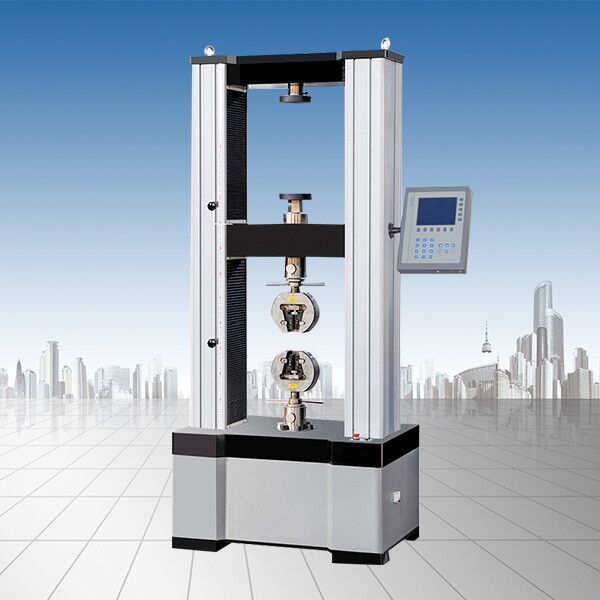
1. The load error of the Brinell hardness meter exceeds ±1.0% or is unstable
Causes and methods for eliminating this fault: (1) The blade of the force point is loose, and the blade of the force point should be adjusted and tightened; (2) The wear of the blade of the force point and the fulcrum will increase the load error to varying degrees, and the blade should be studied; (3) The position of the adjustment block on the load lever is inappropriate, and it can be moved forward or backward according to the situation, and then fixed and tightened after adjustment; (4) The compression spring is rusted, increasing friction with the final and spindle bushings. The rusted parts should be cleaned and protective oil should be added or replaced. (5) The loading is unstable and there is impact vibration phenomenon, and factors that cause unstable should be eliminated.
2. The loading speed cannot be controlled within the specified time
The loading speed is too fast or too slow, mainly because the viscosity of the oil used in the reducer is too small or too large. The reducer should be cleaned and the oil used in the reducer should be replaced.
3. The measured hardness value is inconsistent with the standard hardness block display value
Causes and methods for troubleshooting such a Brinell hardness meter: (1) The hardness meter is not installed horizontally, and the hardness meter should be adjusted to horizontal; (2) The surface of the steel ball is not smooth or the diameter exceeds the tolerance, use a micrometer to select qualified steel balls to replace it; (3) The error of the indentation measurement device is too large, so the allowable error of the indentation measurement device should be adjusted so that it is ≤±0.5%; (4) The weight cannot be placed vertically, and the weight and the back cover of the hardness meter should be rubbed against. Check whether the lifting ring is hung on the key blade and whether the hanging boom is straight, otherwise the lifting ring should be hung on the key blade and straightened the hanging boom; (5) The perpendicularity of the spindle and the test platform, the coaxiality of the spindle axis and the lifting screw axis exceeds the difference. The verticality of the spindle and the test platform and the verticality of the spindle and the test platform, the coaxiality of the spindle and the lifting screw axis should be analyzed and adjusted according to the situation.
4. The hardness meter repeatedly unloads
Causes and methods for troubleshooting this fault: (1) The key switch tip rod is too long, and the contacts of the steering switch A and B cannot be disconnected from the contacts A1 and B1. The length of the tip rod should be adjusted and fixed; (2) The installation position of the commutation switch is improper, and the movable baffle cannot touch the pin on the commutation switch, causing the commutation switch to not commutate, and the installation position of the commutation switch should be adjusted.
5. When the load of the hardness meter is all added, the machine will be shut down.
The cause of this failure is burns or ablation of the contact points of the reversing switch, resulting in poor contact between the contact points. The contact points should be cleaned and polished or replaced with a new reversing switch.
6. The button switch of the Brinell hardness meter is pressed, but the hardness meter does not move, but there is a humming current sound.
The cause of this failure is that the motor phase is missing. Check whether the power supply is normal, whether the power plug is plugged in well, whether the cable is broken, whether the power switch is intact, whether the motor wiring is firmly connected, whether the motor coil is burned out, and whether the contacts of the commutation switch should be properly contacted, etc., which should be eliminated separately depending on the situation.
Under normal circumstances, there are very few sudden damage to the equipment, and most failures are caused by the gradual development of slight wear of the parts; if the signs of failure can be found and removed in the early stages of wear or deterioration of the parts, the development of deterioration and the occurrence of failure can be prevented. Equipment inspection is an extremely effective means to detect hidden dangers in advance when detecting signs in the early stage. The above is a related introduction to the causes and solutions of common faults of Brinell hardness meters. I hope it can help you.
- Previous article:Maintenance of electronic tension testing machine
- Next article:Precautions for using metallographic microscopes
Recommended productsPRODUCTS


















